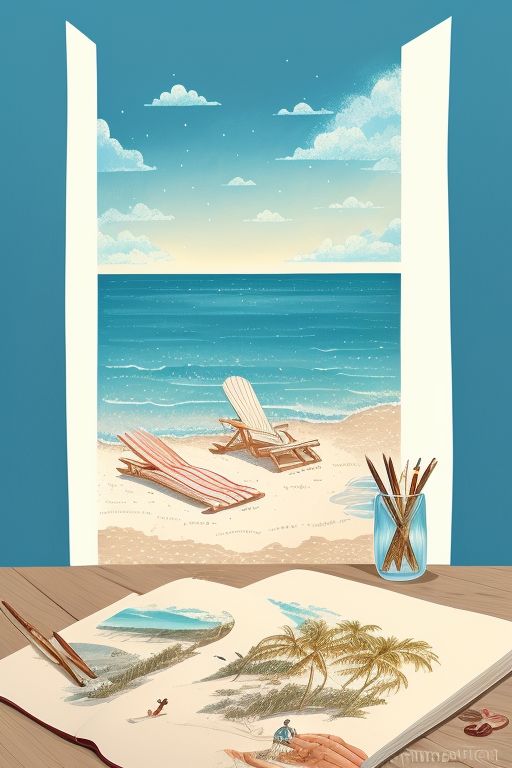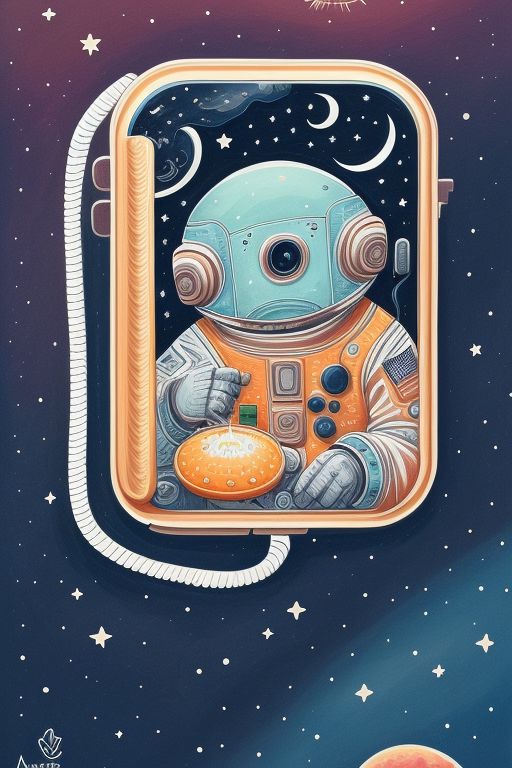Windows to Paradise: When Imagination Meets the Sea
The most beautiful journeys often begin not with a step, but with a glance—through an open window, across a page, into the limitless blue of possibility.


I've always believed that windows are the earth's natural portals. Not in some mystical sense, though there's certainly magic in them. Rather, they frame our relationship with the outside world, offering glimpses of what exists beyond our immediate surroundings. They're the original screens—rectangular borders containing moving pictures of real life, continuously streaming content that changes with the weather, the seasons, the time of day.
But some windows show us more than others.
The window in my childhood bedroom overlooked a brick wall. The apartment across from ours stood barely ten feet away, and my view consisted of someone else's kitchen and occasionally, if I was lucky, a neighbor cooking dinner. I spent countless hours at that window, not because the view was spectacular, but because I was learning the subtle art of looking beyond what was actually there.
In my mind, that brick wall became a canvas. I'd imagine it dissolving, replaced by sweeping vistas: mountain ranges, verdant valleys, and most frequently, the ocean—endless and blue, stretching toward a horizon so distant it seemed to curve with the earth itself. I'd never actually seen the ocean then, not in person. My knowledge of beaches came from books, television shows, and my mother's descriptions of growing up near the Caribbean Sea.
"The water is so clear," she'd tell me, "you can see your shadow on the sand beneath you as you swim."
I would try to picture this: my dark silhouette sliding across rippled sand, fish darting away from its path, sunlight fracturing around my outstretched fingers. These mental images became sharper than my actual surroundings, more vivid than the brick wall that stood sentry outside my window.
This is the power of imagination—not just to conjure what isn't there, but to make it feel more real than reality itself.
Years later, I find myself thinking about those childhood daydreams as I sit at my desk, staring at the illustration pinned above my workspace. It's a scene that could have been pulled directly from my youthful fantasies: an open window revealing a perfect beach day. Two empty loungers wait on golden sand. Beyond them, the ocean stretches to meet a sky dotted with gentle clouds. The entire image radiates tranquility, possibility, invitation.
What makes this illustration particularly striking isn't just the scene beyond the window, but the suggestion of creativity it contains. In the foreground sits an open sketchbook, a glass jar filled with pencils, the corner of a drawing depicting the very same beach with palm trees and a tiny figure. It's imagination squared—art depicting art depicting paradise.
This layering feels significant to me. It speaks to how we process beauty, how we try to capture and contain it, translate and transmit it. The artist who created this illustration understood something fundamental about human nature: we don't just want to witness beauty; we want to participate in it, recreate it, carry it with us.
I purchased this print during a particularly harsh winter three years ago. February had been brutal that year—endless gray skies, temperatures that made your face hurt within seconds of stepping outside, the peculiar loneliness that comes from weeks of limited human contact as everyone hibernates in their separate spaces. The illustration arrived rolled in a cardboard tube, and when I unfurled it, the effect was immediate. Something in my apartment shifted. The walls seemed to expand slightly, as if making room for the horizon contained in those few square inches of paper.
That's the curious power of art—its ability to transform spaces far larger than the physical dimensions it occupies.
The beach depicted in the illustration isn't a specific place. It exists nowhere and everywhere. It's every perfect beach day you've ever experienced, combined with those you've only imagined. The empty loungers serve as an invitation: this moment is waiting for you. The open window suggests that paradise is always just on the other side of whatever walls currently contain you.
I've noticed that visitors to my apartment are invariably drawn to this illustration. They stop before it, often mid-conversation, and fall silent for a moment. Something in the image captures them, pulls them briefly into its world. When they resume speaking, their voices are different—slightly softer, more contemplative. I've begun to think of the illustration as a tiny meditation room mounted on my wall, a space people enter briefly before returning to the regular flow of life.
"I had a dream about a beach like this," a friend told me once, staring at the print. "Not last night or anything. Years ago. But I still remember it perfectly."
Memory and imagination are closer cousins than we often acknowledge. Both involve creating mental images of what isn't physically present. Both are influenced by emotion, by desire, by the stories we tell ourselves about who we are and what matters to us. Both can be more vivid, more impactful than the actual moment we're living through.
This blurring of memory, imagination, and present experience is what good art facilitates. Standing before this illustration, I'm simultaneously in my apartment and on that beach. I'm the adult I am now and the child who dreamed of oceans beyond brick walls. I'm thinking about the next time I'll feel sand between my toes and remembering the last time I did.
The sketchbook in the foreground of the illustration adds another dimension to this temporal confusion. It suggests that someone is in the process of capturing this scene, translating three-dimensional reality into two-dimensional representation. But since the entire image is already an artistic rendering, we're looking at an illustration of someone illustrating what we're seeing. It's a beautiful paradox, a visual Möbius strip.
I've often thought about who this unseen artist might be. The hand that holds the pencil is just outside the frame. I imagine different scenarios: perhaps it's a retired creative director finally taking time to pursue the art she abandoned for commercial work decades ago. Or maybe it's a teenager on holiday with parents, escaping family tension through silent observation and reproduction. It could be a seasoned traveler documenting journeys in visual rather than written journals. The beauty is that it could be anyone. It could be me. It could be you.
This ambiguity is intentional and powerful. The illustration leaves space for us to insert ourselves into its narrative. The empty beach chairs, the partially completed sketch, the open window itself—all serve as entry points for our own stories, memories, and longings.
In a world increasingly dominated by screens delivering content that demands little from our imaginations, this kind of art feels especially valuable. It doesn't complete the circuit for us. It requires our participation, our willingness to step through the window it offers.
As I write this, glancing occasionally at the illustration that has lived on my wall through three winters now, I'm reminded of something Joan Didion once wrote: "We tell ourselves stories in order to live." The stories don't need to be elaborate or even conscious. Sometimes they're as simple as looking at an image of an open window revealing an empty beach and thinking: I could be there. I could step through. Paradise is possible.
And in that moment of possibility, something in us shifts. The walls expand slightly. The horizon extends. We remember that boundaries are often more permeable than they appear, and that the most meaningful journeys begin not with physical movement, but with the willingness to look beyond what is to what might be.
The next time you feel confined—by circumstances, by physical space, by the limitations of your own thinking—find a window. If the view disappoints, sketch a better one in your mind. Create your own portal. Remember that imagination isn't escape; it's expansion. Paradise isn't a place; it's a perspective.
And sometimes, all it takes to change everything is an open window and the courage to look through it.
Get in touch


